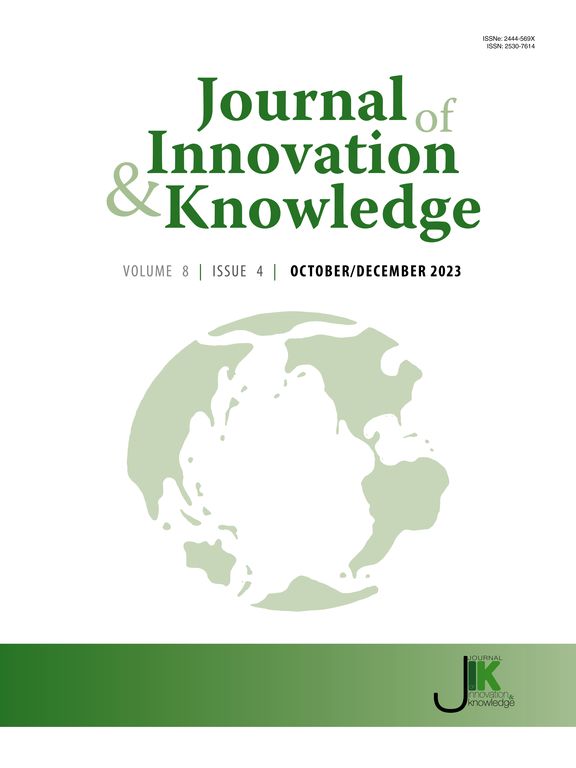Artificial intelligence in risk management within the realm of construction projects: A bibliometric analysis and systematic literature review
IF 15.6
1区 管理学
Q1 BUSINESS
引用次数: 0
Abstract
The construction industry faces risks across various domains, including cost, safety, schedule, quality, and supply chain management. Recent artificial intelligence (AI) advancements offer promising solutions to enhance risk management. This systematic literature review (SLR) explores the integration of AI in construction risk management, focusing on AI applications, risk categories, and key algorithms. A total of 84 peer-reviewed articles published between 2014 and 2024 were analysed. The SLR method involved rigorous identification, selection, and critical appraisal of studies, followed by bibliometric analysis to uncover research trends, influential authors, and thematic clusters. The bibliometric analysis, including keyword co-occurrence and author collaboration networks, provided insights into the structure of the research landscape. Findings revealed that AI methods such as machine learning (ML), natural language processing (NLP), knowledge-based reasoning (KBR), optimisation algorithm (OA), and computer vision (CV) play crucial roles in predicting and managing risks. ML is employed for predictive modelling, NLP for document and compliance risk management, KBR for decision support, OA for optimising resources and schedules, and CV for real-time safety monitoring. Despite advancements, challenges related to data quality, model interpretability, and workforce skills hinder full AI integration. Future research should explore AI’s intersection with emerging technologies such as blockchain and adaptive risk models for responsible adoption. This paper contributes to the growing knowledge of AI’s transformative impact on construction risk management.
人工智能在建筑工程领域的风险管理:文献计量分析和系统文献综述
建筑行业面临着各个领域的风险,包括成本、安全、进度、质量和供应链管理。最近人工智能(AI)的进步为加强风险管理提供了有前途的解决方案。本系统文献综述(SLR)探讨了人工智能在建筑风险管理中的集成,重点关注人工智能应用、风险类别和关键算法。共分析了2014年至2024年间发表的84篇同行评议文章。SLR方法包括对研究进行严格的识别、选择和批判性评估,然后进行文献计量分析,以揭示研究趋势、有影响力的作者和主题集群。文献计量分析,包括关键词共现和作者合作网络,提供了对研究格局结构的洞察。研究结果显示,机器学习(ML)、自然语言处理(NLP)、基于知识的推理(KBR)、优化算法(OA)和计算机视觉(CV)等人工智能方法在预测和管理风险方面发挥着至关重要的作用。ML用于预测建模,NLP用于文档和合规风险管理,KBR用于决策支持,OA用于优化资源和时间表,CV用于实时安全监控。尽管取得了进步,但与数据质量、模型可解释性和劳动力技能相关的挑战阻碍了人工智能的全面集成。未来的研究应该探索人工智能与区块链等新兴技术的交叉,以及负责任采用的自适应风险模型。本文有助于了解人工智能对建筑风险管理的变革性影响。
本文章由计算机程序翻译,如有差异,请以英文原文为准。
求助全文
约1分钟内获得全文
求助全文
来源期刊

Journal of Innovation & Knowledge
Multiple-
CiteScore
16.10
自引率
12.70%
发文量
118
审稿时长
37 days
期刊介绍:
The Journal of Innovation and Knowledge (JIK) explores how innovation drives knowledge creation and vice versa, emphasizing that not all innovation leads to knowledge, but enduring innovation across diverse fields fosters theory and knowledge. JIK invites papers on innovations enhancing or generating knowledge, covering innovation processes, structures, outcomes, and behaviors at various levels. Articles in JIK examine knowledge-related changes promoting innovation for societal best practices.
JIK serves as a platform for high-quality studies undergoing double-blind peer review, ensuring global dissemination to scholars, practitioners, and policymakers who recognize innovation and knowledge as economic drivers. It publishes theoretical articles, empirical studies, case studies, reviews, and other content, addressing current trends and emerging topics in innovation and knowledge. The journal welcomes suggestions for special issues and encourages articles to showcase contextual differences and lessons for a broad audience.
In essence, JIK is an interdisciplinary journal dedicated to advancing theoretical and practical innovations and knowledge across multiple fields, including Economics, Business and Management, Engineering, Science, and Education.
 求助内容:
求助内容: 应助结果提醒方式:
应助结果提醒方式:


